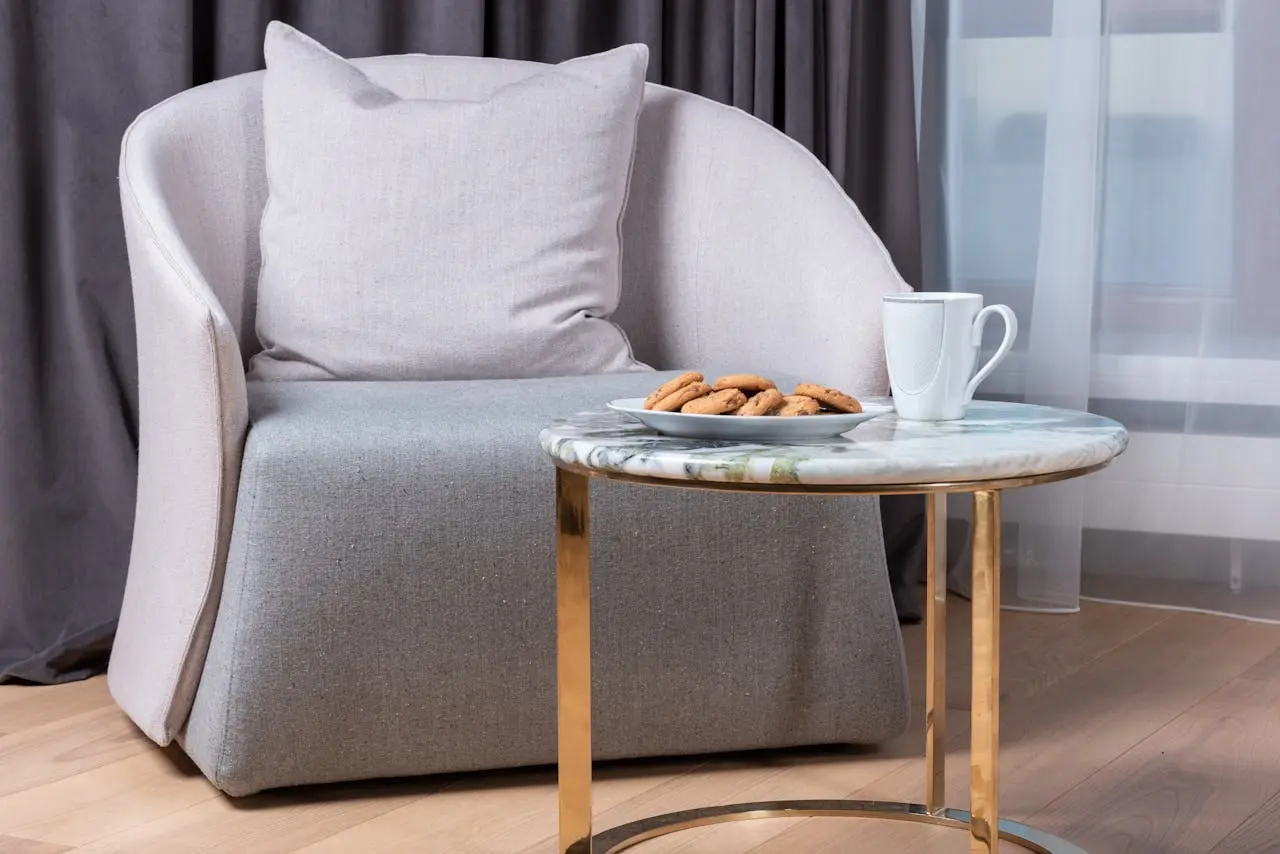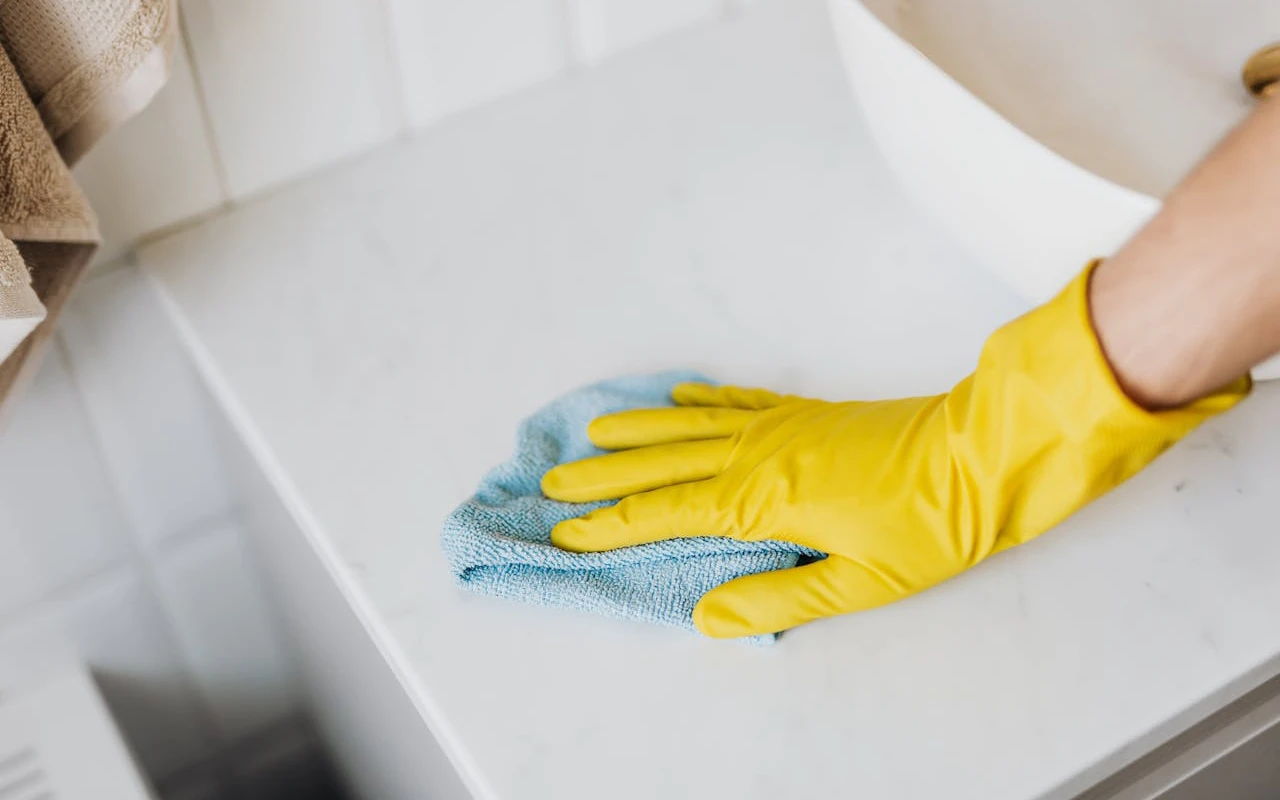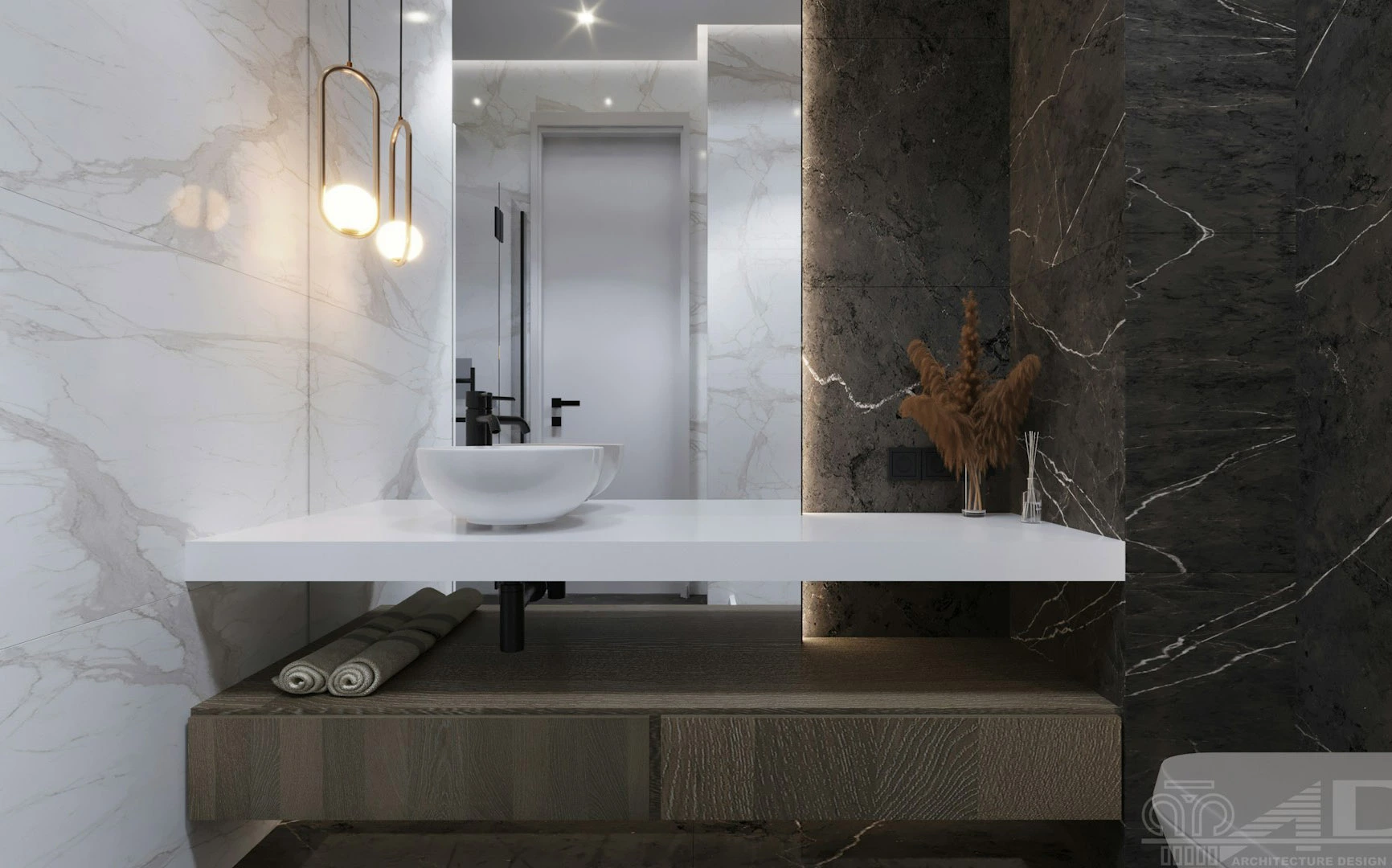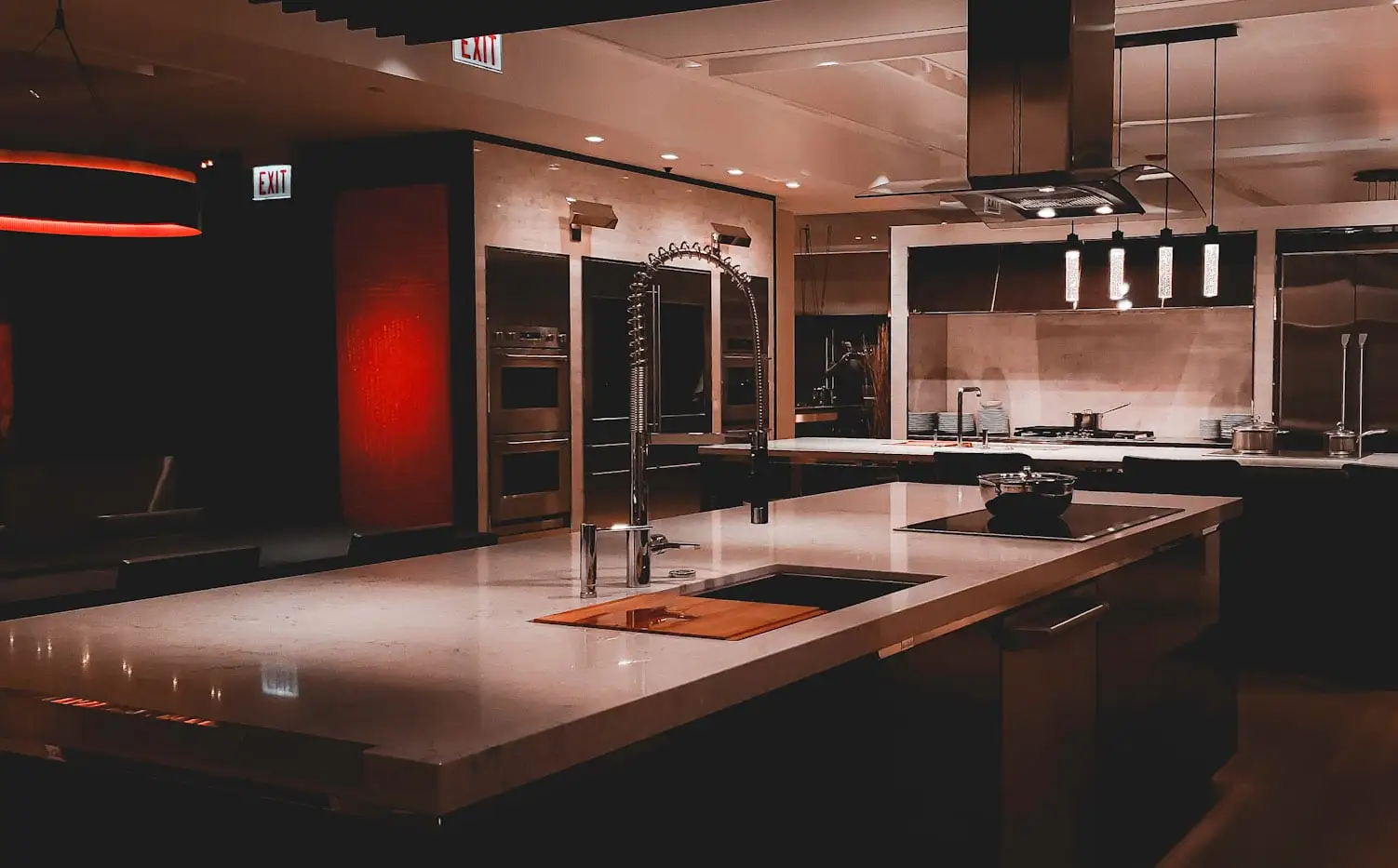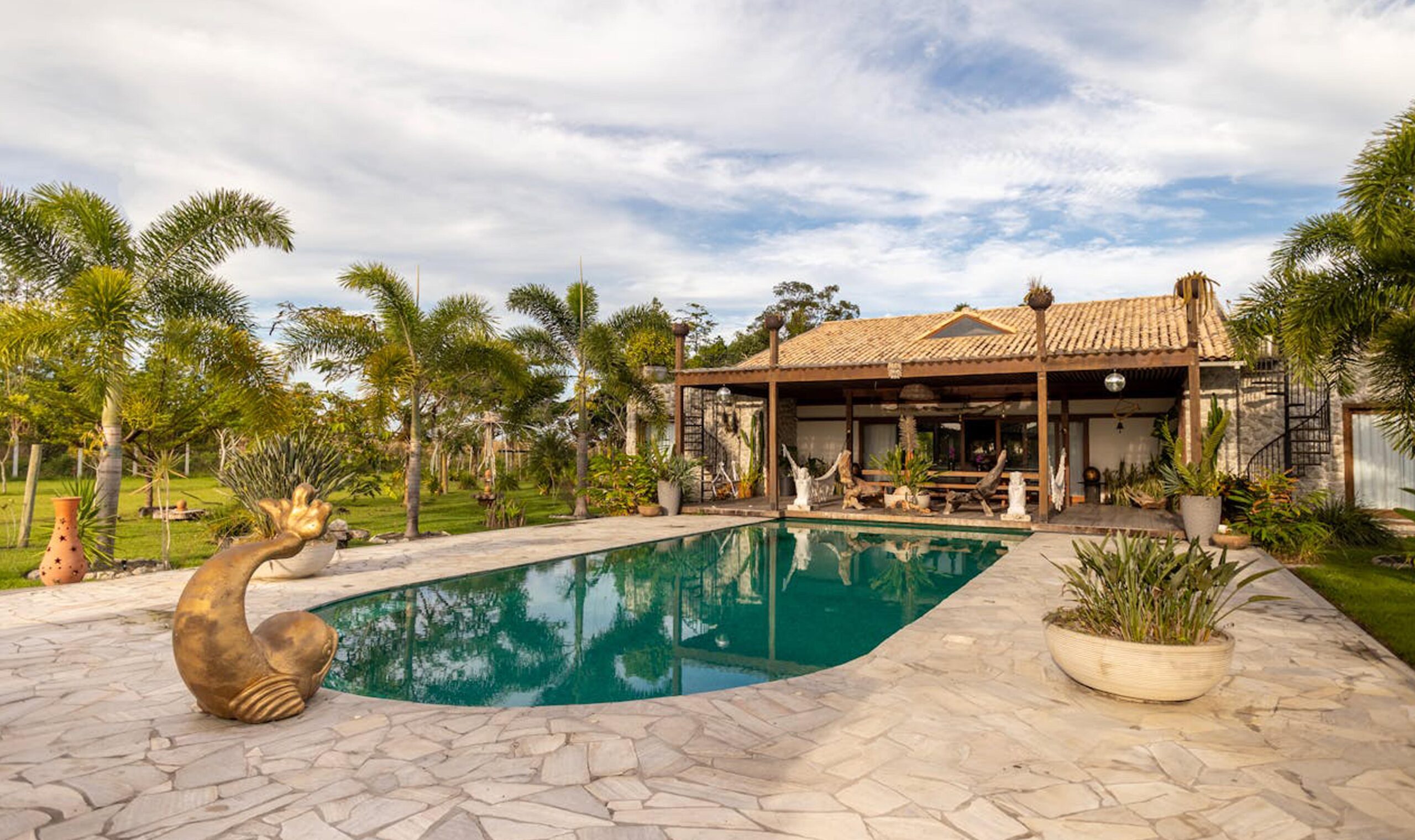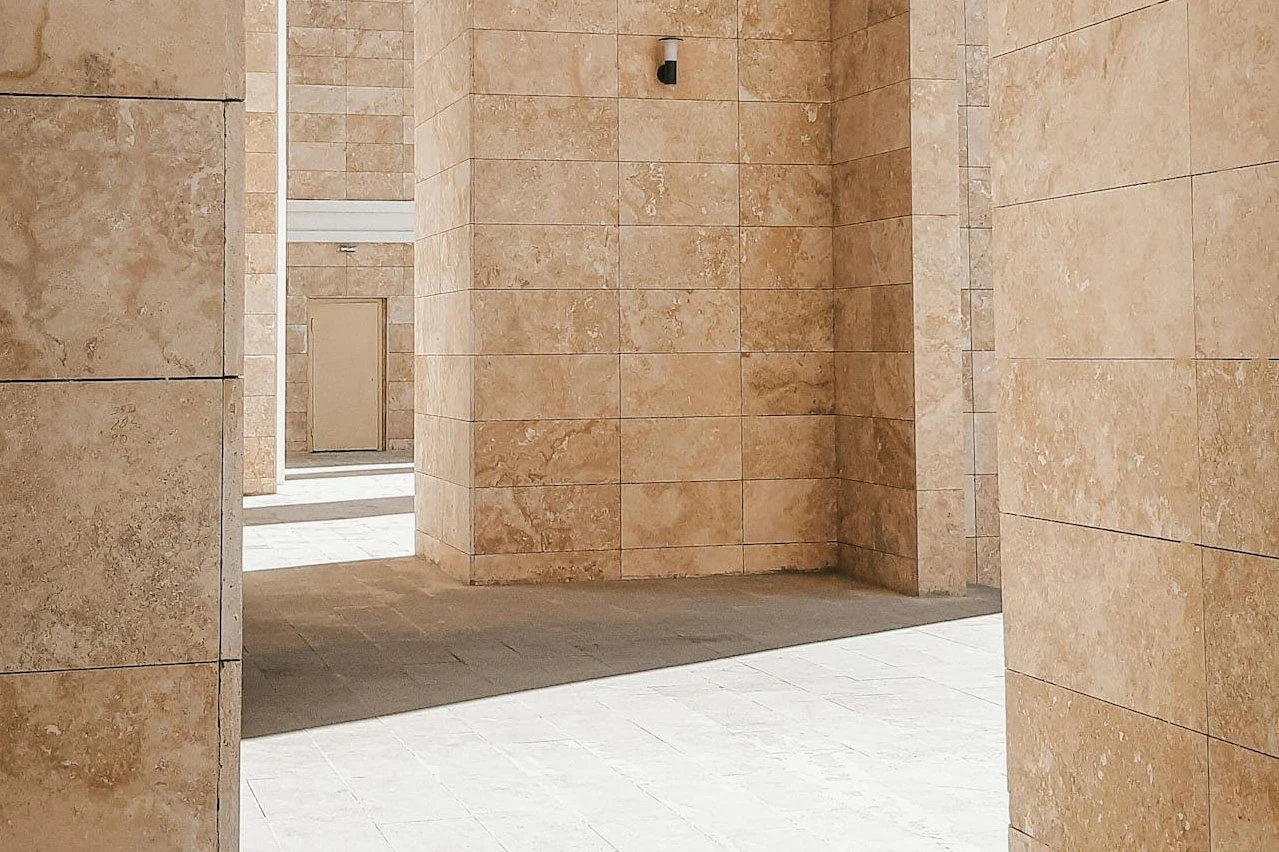Few natural materials strike the perfect balance between ancient beauty and modern simplicity like travertine stone. From Roman amphitheaters to luxury pool decks, travertine has been a trusted material for thousands of years—and it’s making a serious comeback in contemporary design.
In this feature, we dive deep into the timeless elegance and practical power of travertine stone, and why it’s capturing the attention of architects, designers, and homeowners alike.
🏛️ A Stone with a Glorious Past
Travertine has been used since ancient times, most famously in the Colosseum in Rome, one of the largest travertine structures ever built. It’s a form of limestone deposited by mineral springs, especially hot springs—giving it natural pores and a rich, earthy character.
Famous for:
Warm, neutral colors: ivory, walnut, gold, and silver
Organic texture with natural holes and crevices
Earth-toned elegance that never goes out of style
🔍 Trending search: “Travertine vs marble”, “Travertine outdoor tile ideas”
🌿 Why Designers Love Travertine Stone
1. Natural Warmth
Travertine gives interiors and exteriors a soft, welcoming warmth. Unlike polished stone, it’s subtle, matte, and calming—ideal for spaces where comfort and sophistication are key.
2. Slip Resistance
When left unpolished (in its tumbled or honed state), travertine is naturally slip-resistant, making it a favorite for:
Pool surrounds
Patios and terraces
Bathrooms and spa areas
3. Cool Underfoot
Travertine stays cool even in direct sunlight, which is why it’s frequently used in hot climates and outdoor settings.
4. Eco-Friendly
It’s a natural, biodegradable, and long-lasting material with a relatively low carbon footprint—great for sustainable architecture projects.

🧱 Where to Use Travertine Stone Today
| Application | Recommended Finish |
|---|---|
| Outdoor flooring & pool decks | Tumbled or brushed |
| Bathroom & spa walls | Honed or filled |
| Fireplace surrounds | Chiseled edge or split-face |
| Kitchen backsplashes | Honed or mosaic tiles |
| Wall cladding (interior/exterior) | Brushed or vein-cut |
✨ Travertine Finishes You Should Know
Tumbled: Rough edges, rustic look
Honed: Smooth surface, matte finish
Polished: Glossy, refined look
Brushed: Slight texture, soft character
Filled & Honed: Pores filled for a smoother, cleaner look
⚠️ Care & Maintenance Tips
Travertine is porous, which means:
It should be sealed regularly to protect from stains
Use pH-neutral cleaners to avoid etching
Avoid vinegar or acidic solutions
With basic care, travertine can last a lifetime while growing more beautiful over time.
💬 Final Word: Travertine Is Where Earth Meets Elegance
Whether you’re designing a spa-like bathroom, a luxury patio, or a modern hallway, travertine stone delivers timeless appeal rooted in history and nature. Its versatility, texture, and warm tones bring a grounded luxury that synthetic materials simply can’t replicate.
So if you’re looking to bring the outdoors in—or craft a clean, earthy vibe—travertine stone is one of nature’s finest offerings.

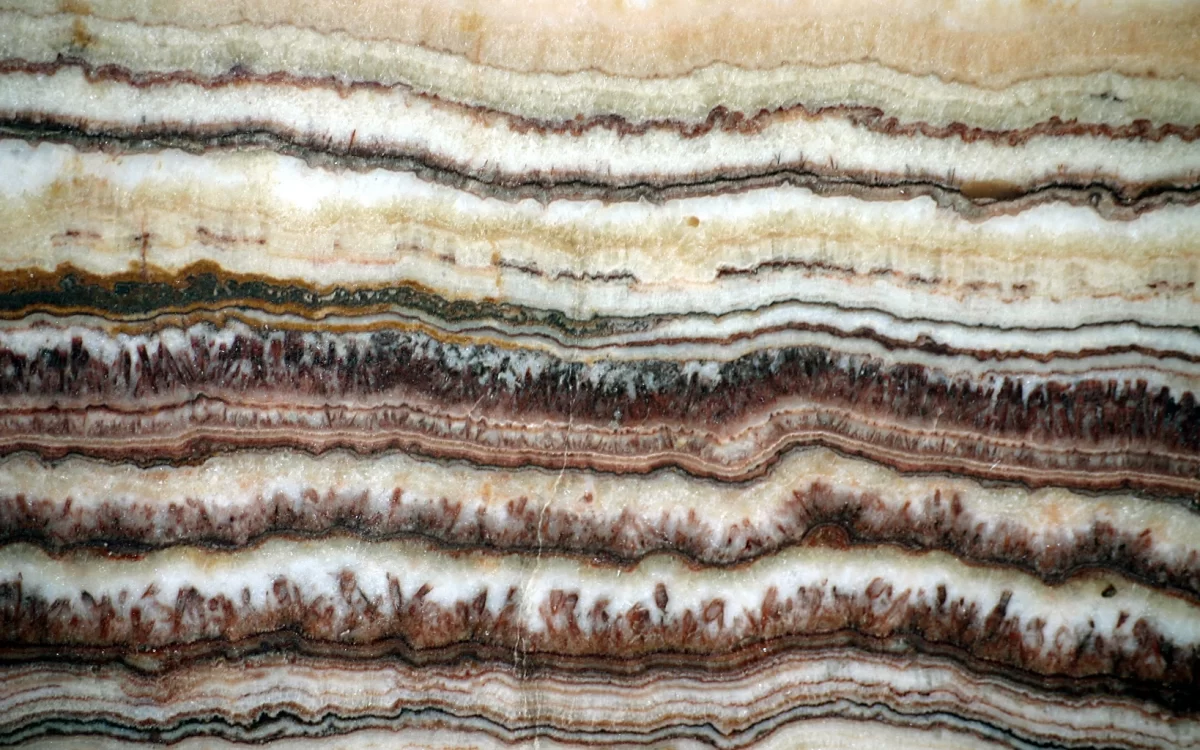
 Related Reads on Stoneman Magazine:
Related Reads on Stoneman Magazine:
